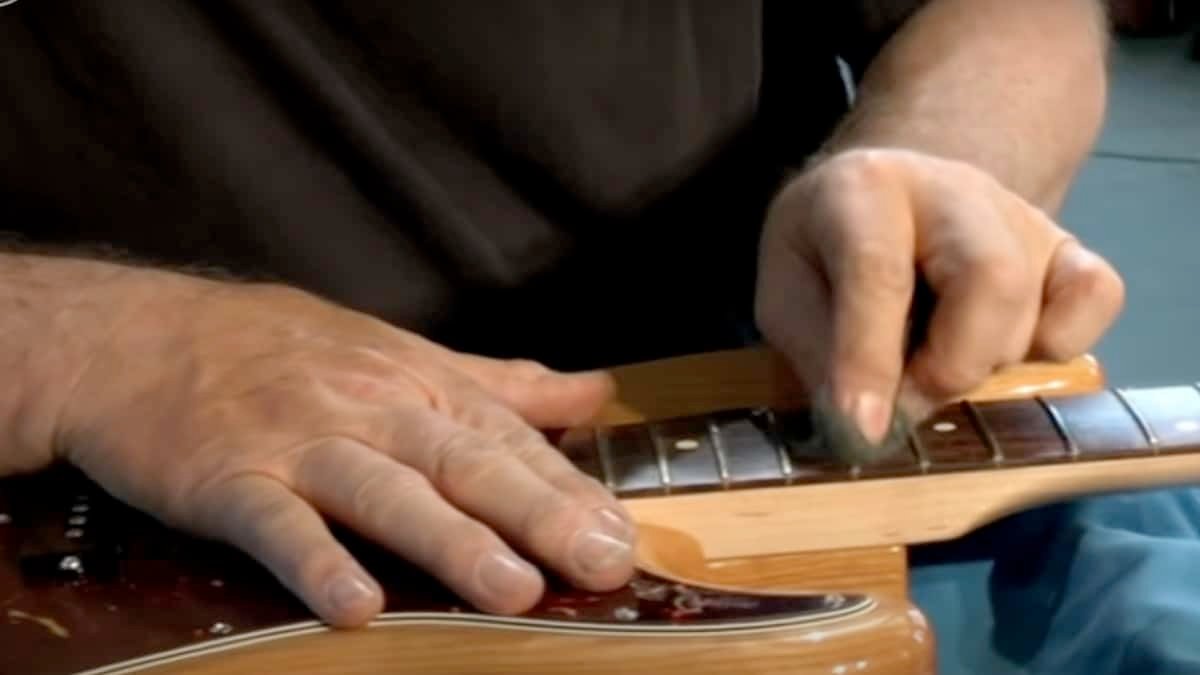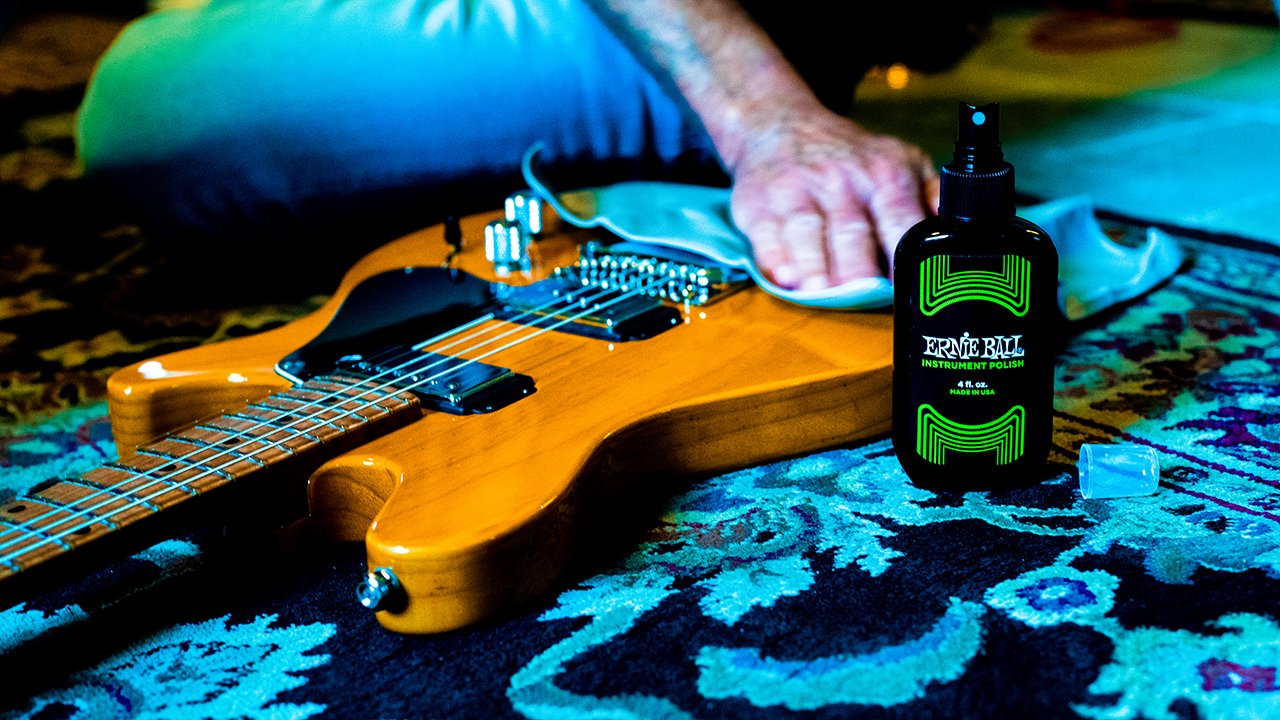Maintaining your bass guitar is essential for keeping it in top shape and ensuring it sounds great. A well-maintained instrument can make a significant difference in your playing experience. In this article, we’ll share effective tips on how to maintain your bass guitar, allowing you to enjoy playing for years to come.
1. Keep It Clean
One of the first steps in learning how to maintain your bass guitar is to keep it clean. Dust, dirt, and grime can accumulate on the body, neck, and strings, affecting both the sound and appearance of your instrument. Use a soft, lint-free cloth to wipe down the body after each use. For deeper cleaning, consider using a guitar-specific cleaner that won’t harm the finish. Avoid household cleaners, as they can damage the wood or finish of your bass.

2. Change the Strings Regularly
Another crucial aspect of maintaining your bass guitar is changing the strings regularly. Old strings can sound dull and lifeless, impacting your tone. Depending on how often you play, consider changing your strings every few weeks or at least once a month. When changing strings, take the opportunity to clean the fretboard as well. Use a fretboard conditioner to keep the wood hydrated and looking good.
3. Check the Neck Relief
The neck relief refers to the slight curve of the neck that allows for proper string height and playability. Over time, temperature and humidity changes can affect the neck’s shape. To check the neck relief, press down on the first and last fret of the low E string and measure the gap at the 8th fret. If the gap is too large or too small, you may need to adjust the truss rod. This adjustment helps maintain optimal playability, so it’s an essential part of how to maintain your bass guitar.
4. Adjust the Action
Action is the distance between the strings and the fretboard. Proper action makes playing comfortable and enhances your sound. If your action is too high, it can make playing difficult. Conversely, if it’s too low, it can cause buzzing. To adjust the action, you can raise or lower the bridge saddles. It’s a good idea to consult a professional if you’re unsure about making these adjustments yourself.
5. Inspect the Electronics
If your bass guitar is electric, keeping the electronics in check is vital. Regularly inspect the pickups, pots, and output jack for any signs of wear or malfunction. If you notice any crackling sounds or issues with the volume, it may be time to clean or replace these components. Using contact cleaner can help clean the pots and jacks, ensuring a clear signal and great sound.
6. Store It Properly
Storing your bass guitar correctly is another key part of how to maintain your bass guitar. Avoid leaving your instrument in extreme temperatures or humidity, as this can warp the wood or damage the finish. Invest in a quality hard case or gig bag to protect your bass when not in use. If you’re storing it for an extended period, consider loosening the strings to relieve tension on the neck.
7. Use a Humidifier
If you live in a dry climate, using a humidifier can be beneficial. Low humidity can cause the wood of your bass guitar to dry out and crack. A good rule of thumb is to maintain humidity levels between 40% and 60%. You can purchase a soundhole humidifier or use a room humidifier to keep your instrument safe.
8. Regularly Set Up Your Bass
Having a regular setup is an essential part of maintaining your bass guitar. A setup includes adjusting the neck, action, and intonation to ensure your instrument plays perfectly. You can do this yourself if you’re comfortable, but it might be best to take it to a professional for a more thorough setup. This ensures your bass plays and sounds its best.
9. Protect from Damage
Accidents can happen, so protecting your bass guitar is crucial. Avoid leaving it where it could fall or be knocked over. When transporting your bass, always use a sturdy case and secure it properly. Consider investing in strap locks to prevent the strap from slipping off while you play. These small precautions can save you from costly repairs.
10. Play It Regularly
Finally, one of the best ways to maintain your bass guitar is simply to play it regularly. Regular use keeps the strings, electronics, and hardware in good condition. Plus, playing frequently helps you develop your skills and enjoy your instrument even more. Make it a habit to play a little each day, and your bass will thank you!
Conclusion
Learning how to maintain your bass guitar is essential for keeping it in excellent condition. By following these tips—cleaning it regularly, changing strings, adjusting the neck, and more—you can ensure your bass sounds great and lasts a long time. Remember, a well-maintained instrument not only enhances your playing experience but also contributes to your musical journey.







